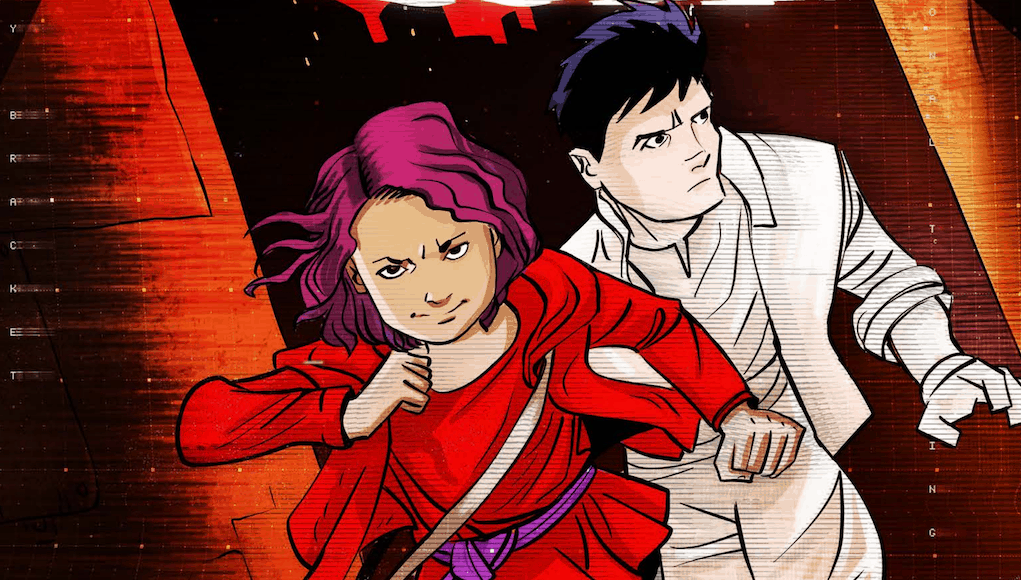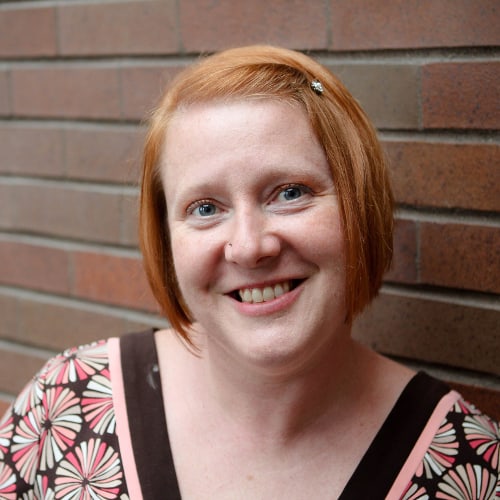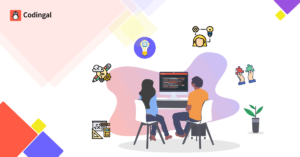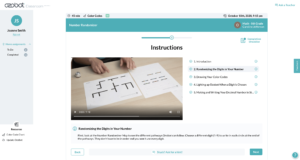Smart Review | Curly Bracket: The Hidden Code

As an English teacher, I can detect an allusion like nobody’s business, so when I saw the title Curly Bracket: The Hidden Code, I knew I needed to consult an expert.
 Luckily, I knew just the student to ask–Issac, a self-proclaimed computer Geek in my third period class. When I showed him the graphic novel starring heroine Curly Bracket by Johan Wendt, Tor Mostrom and Peter Bergting, he chuckled–which doesn’t happen that often from an eighth grade boy. “What?” I asked. He went on to explain that I probably wouldn’t understand, but curly brackets are an important part of the C programming language, and are used in a variety of ways that confuse beginning programmers.
Luckily, I knew just the student to ask–Issac, a self-proclaimed computer Geek in my third period class. When I showed him the graphic novel starring heroine Curly Bracket by Johan Wendt, Tor Mostrom and Peter Bergting, he chuckled–which doesn’t happen that often from an eighth grade boy. “What?” I asked. He went on to explain that I probably wouldn’t understand, but curly brackets are an important part of the C programming language, and are used in a variety of ways that confuse beginning programmers.
He was correct–I definitely didn’t understand, but I did have a perfect teachable moment about allusions. I explained that I was writing a review of the book, and he immediately wanted to know if he could borrow the book when I was done. Clearly, this book has an appeal for the high end of the recommended audience (the cover advertises: “Learn How to Think Like a Programmer for Humans 8-13”). Check out the first chapter here for yourself.
One of the most beautiful things I have read in a long time is in the author’s note at the beginning of the book in a section called “From one hacker to another…”. Stuart McClure, the founder and CEO of Cylance, writes:
“Four billion years of survival has perfected the art of problem solving, we just have to listen to ourselves. Take storytelling as an example. Storytelling has been one of the those universally impactful means of educating and empowering generations to survive. Yet we have almost given up this dying art form, perhaps at our peril. What if we could re-create our educational system with the medium of art and storytelling? That is what Curly Bracket is all about.”
The reader in me, the English teacher in me and the parent in me is exploding with excitement upon reading these words. The book itself does exactly what McClure claims–it helps students learn programming and problem-solving through the character of Curly Bracket and the Dystopia she is trying to conquer. Always a sucker for a good Dystopia, I was intrigued right away, but as I read the graphic novel, I became even more interested in the structure of the book from an educator’s standpoint.
First, there is the narrative itself, told in a really bold style: heavily black, purple, orange and gray, giving it a burned-out, dark feel. The first-person narration relies quite a bit on addressing the reader, which I like. I really enjoyed the asterisked notes on the bottom of the page that directed the reader to the solution in the back of the book. For those who need to know the “answer” before moving forward, this works well.
However, the story can be read without learning her solutions, letting the reader speculate until the end where the reader finds the “Problems and Solutions” section. The author explains, “In the Curly Bracket series, we don’t focus on computer programming as a subject; instead, we introduce the type of thinking needed to work in all kinds of programming languages.” Once again, the teacher in me is celebrating this unique approach–one that I practice in my own classroom. Learning how to think, understanding the paradigms that you are living within, and understanding how to solve problems both critically and logically will have the most impact on our students’ success.
After talking with my 13-year-old student about the book, I was curious if my own kiddo, Oliver, who is 9, would like it. It was a little bit over his head math-wise, but he was so curious that he read through it, looking up the solutions, whereas Issac wanted to figure out the solutions for himself.
I love that both my 3rd grader and my 8th grade student can appreciate the book. Though I don’t know very much about programming, I am inspired by the artistry, storytelling and layered allusions in the book (Python, for example, is both a character in the graphic novel and a high-level programming language). The true test of a book’s success in my mind is the excitement it brings to the reader, and I’m happy to say that this book now has a waiting list in my classroom!
For more Smart Reviews, see:
- Smart Review | The Teacher Liberation Handbook
- Smart Review | Learning to Learn Better
- Thinking Fast and Slow: How we Process and Respond to the World
A copy of this book was provided by the author for this review. If you are interested in having GettingSmart.com review your product or book, please contact [email protected].
Stay in-the-know with all things EdTech and innovations in learning by signing up to receive the weekly Smart Update.







0 Comments
Leave a Comment
Your email address will not be published. All fields are required.